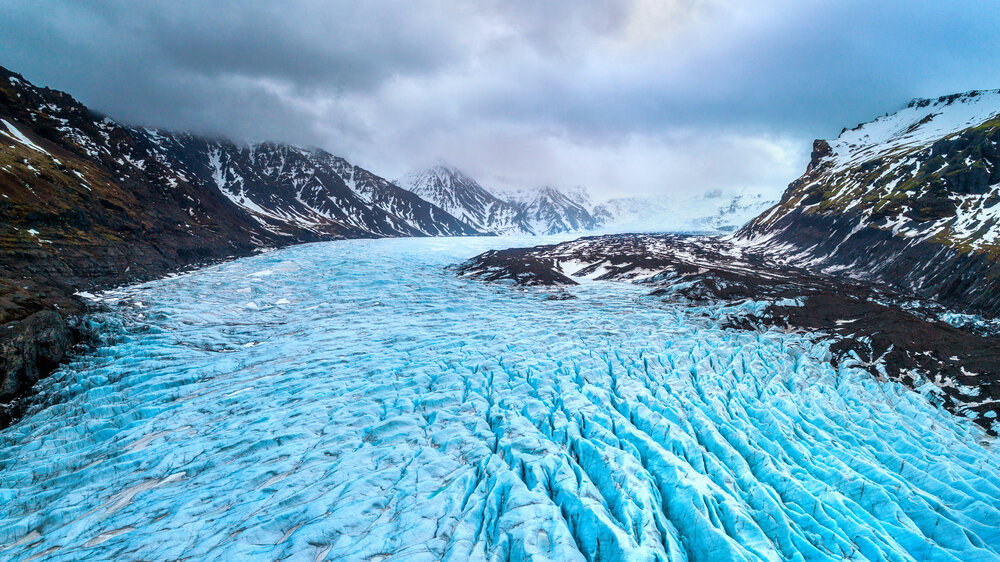Adapting to the inevitable: How data can drive resilience in mountain regions

The United Nations has declared 2025 as the International Year of Glaciers’ Preservation (IYGP 2025) – a critical moment to spotlight the rapid loss of mountain glaciers and snowpacks, and the urgent need to support the ecosystems and people who depend on them.
Right now, Earth’s mountain glaciers and snowpacks are undergoing rapid and widespread decline, reshaping water availability, altering ecosystems, and impacting livelihoods at an accelerating pace. Given current trajectories in greenhouse gas emissions and the exacerbated climate-related impacts associated with it, the continuation of these trends is largely inevitable, there are signs of hope.
GEO Mountains supports activities that can equip mountain communities, researchers, and practitioners including government agencies environment managers with the data and tools they need to make informed decisions on adaption and build resilience in the face of an uncertain future.
Here are three vital efforts from the 2023 GEO Mountains Small Grants Scheme to collect, curate, and share essential data on glaciers, snowpacks and related risks across continents:
Risk Data for High Mountain Asia
Launched in 2023, HiRisk is a grassroots activity bringing together regional experts, including early-career researchers, to provide critical data and resources related to extreme events such as Glacial Lake Outburst Floods (GLOFs) and snow avalanches across High Mountain Asia.
Following major events, reports are produced for communities and local officials working in risk management, including a summary in the local language. Longer-term inventories of past events are also compiled, which are crucial for understanding and predicting such complex, sometimes cascading events. Enhanced disaster risk knowledge is a key pillar of the UN’s Early Warnings for All Initiative.
Snow monitoring in the Andes Cordillera
The HR-SCA-SWE-Andes project delivered high-resolution data on the quantity of water stored in mountain snowpacks in societally important river catchments in the Chilean and Argentinean Andes.
In these rugged and dynamic environments, resolving spatial and temporal patterns in the seasonal build-up and disappearance of snow can lead to major efficiencies in downstream water resources management.
High-resolution daily snow reanalysis
Recognising the critical importance of snow water resources across the world’s mountains, the SWECA project achieved something similar to HR-SCA-SWE-Andes, namely novel gridded snow data, across the mountains of Central Asia – albeit on a much larger spatial scale.
Several projects in GEO Mountains’ set of 2024-2025 Small Grants round, which are currently at their midpoint, are likewise contributing data and platforms of relevance to the IYGP2025. Monitoring infrastructure associated with and output data arising from these projects will be included in the GEO Mountains In Situ and General Inventories, respectively. Associated knowledge packages will potentially be submitted to the GEO Knowledge Hub.
GEO Mountains will also embark on the development of a supplementary material to the UNFCCC’s National Adaptation Plan Technical Guidelines on the topic of “Earth Observations for Adaptation in Mountains”.